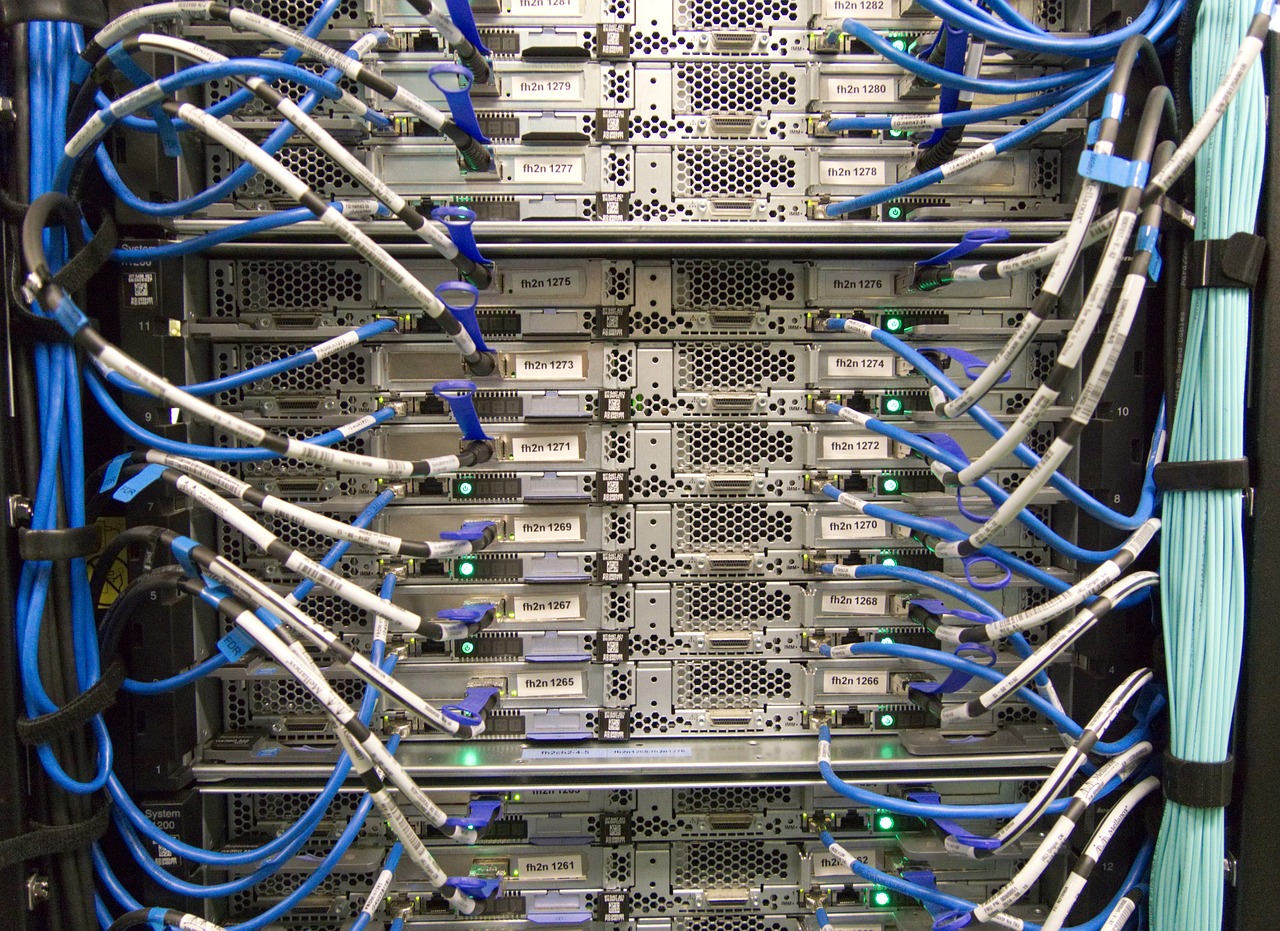Those who run their own businesses are very well aware of the risk of cyber-attacks and how devastating even a small incident may be. In fact, 75% of IT professionals think that their company is likely susceptible to security incidents, whether technological or purposeful. The entire organization operates on Information Technology, ranging from hardware to software, facilities, and networks. The more robust the IT infrastructure, the more secure the company is overall.
As the technology landscape improves, so does IT infrastructure. There are seven pivotal areas composing the majority of Information Technology systems, including:
- Network Switch: A network switch is key to the rest of the IT infrastructure, creating the network on which the business operates. A network switch functions as a control panel for your entire IT environment, connecting all of the computers, telephony, printers, and servers and allowing them to communicate. A high-quality network switch supports employee productivity and saves the company money.
- Firewall: The firewall is also imperative to IT infrastructure, acting as the base of the network security system. The firewall monitors online traffic according to established security rules, controlling incoming and outgoing network data. The firewall must be as impenetrable as possible, as it is the protection against a data breach.
- Router: The router is the primary connection for diverse networks. It is the specific hardware that connects a local network to alternate local networks or the Internet. Without a router, the network connects all of the devices within the building, but if the company wants to be connected to WiFi and the world outside of its business, a router is necessary.
- Server: A server is the connectivity hub for all of the IT infrastructure components. A server may be in-house or at an alternate location, depending on the scale and scope of the business. The server ensures a connection to customers and provides website capability. Because a server can be either software or hardware, there are several methods of keeping the server safe. In addition to the firewall, a large server may require physical security as well.
- Data Center: A data center is a physical storage facility that holds network systems, servers, telecommunications, and storage. The company’s history, connectivity, communications, and network data are stored at the data center, which is an essential component of the IT infrastructure.
- Infrastructure Software: This software plays an integral role. It is specifically designed to assist organizations in performing basic tasks such as workforce support and business transactions, and as such, should be both secure and efficient.
- People: Although not officially IT infrastructure, employees and IT support services are vital to the efficient functionality of the entire IT ecosystem. Identifying the most advantageous IT support, granting minimal or as-needed access to employees, and safeguarding everything carefully – passwords and network information, for example. For an online business or e-commerce site to experience significant profits while remaining secure, only a select few team members should be responsible for the IT infrastructure. Although you may not consider employees as IT infrastructure, they are as essential to daily operations as any piece of technology.
All Components of IT Infrastructure Are Essential for Success
If any one element of IT infrastructure is neglected or left unprotected, it could cause a complete breakdown of the entire IT operating environment. Therefore, it is important that it is safe and operating at optimal efficiency.
At Alliance IT, our team of professionals can help you ensure that your IT department is running at its highest and most efficient capacity and determine whether managed services are the right solution for your organization. Call today to learn more.

